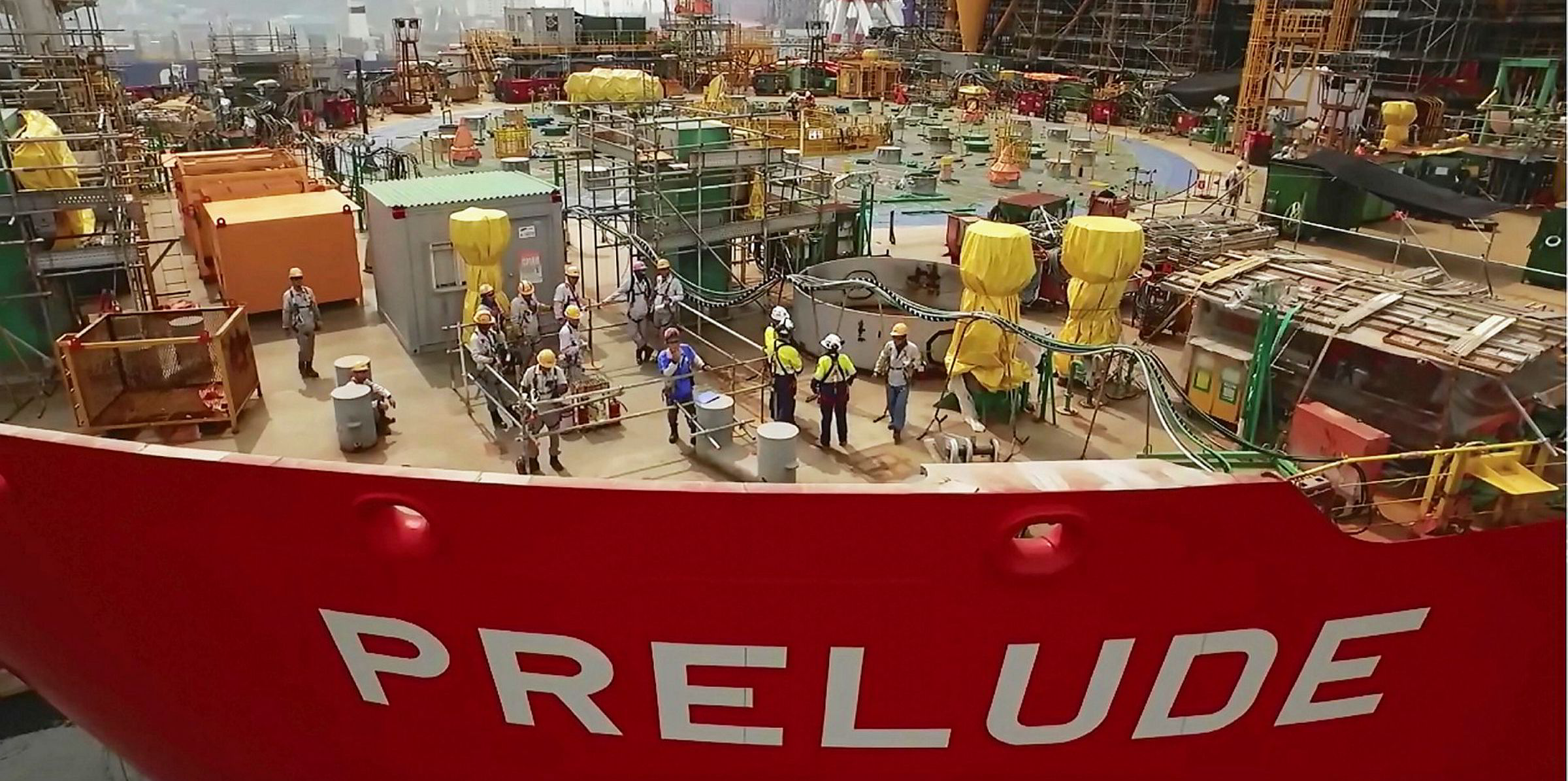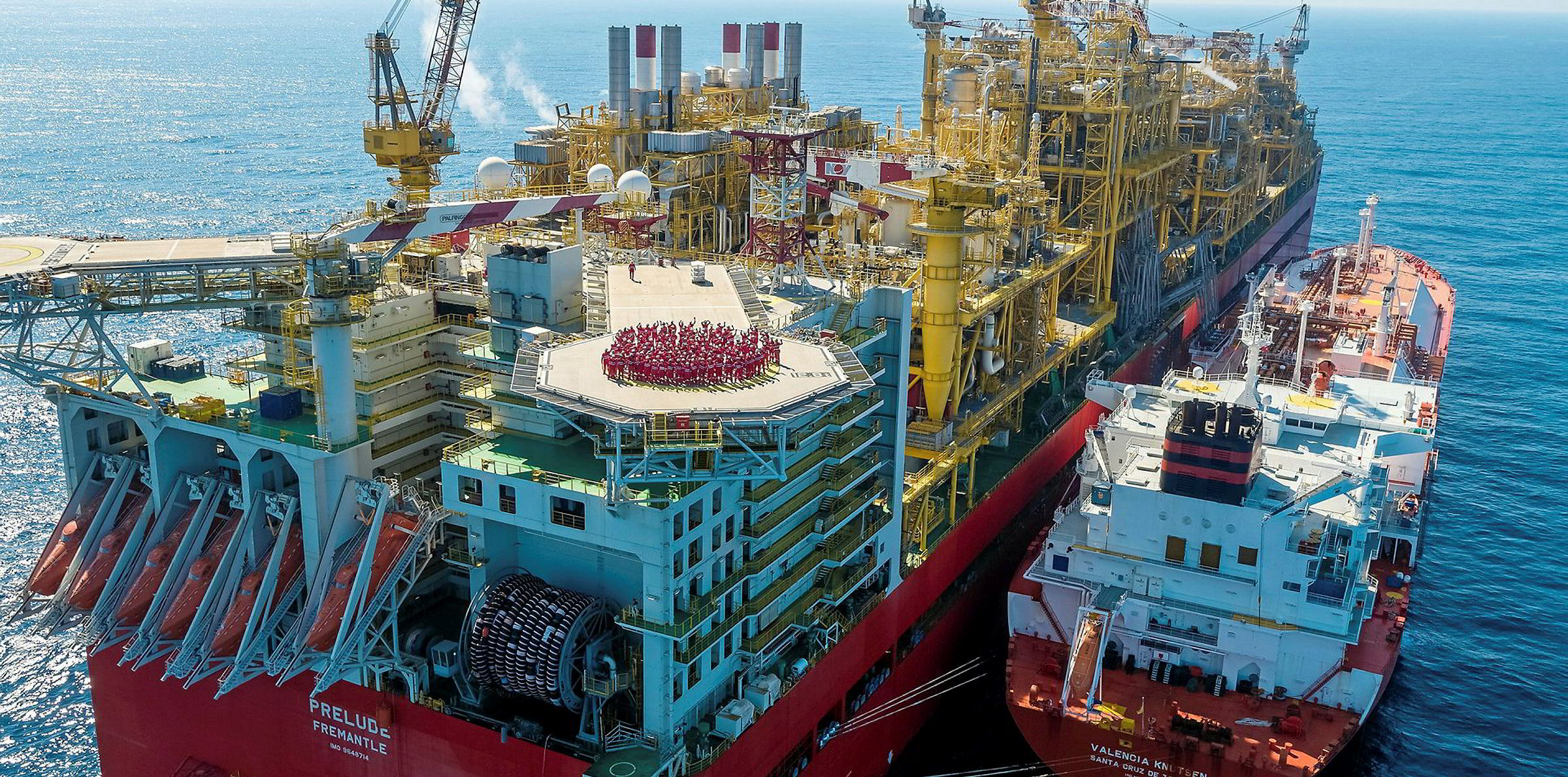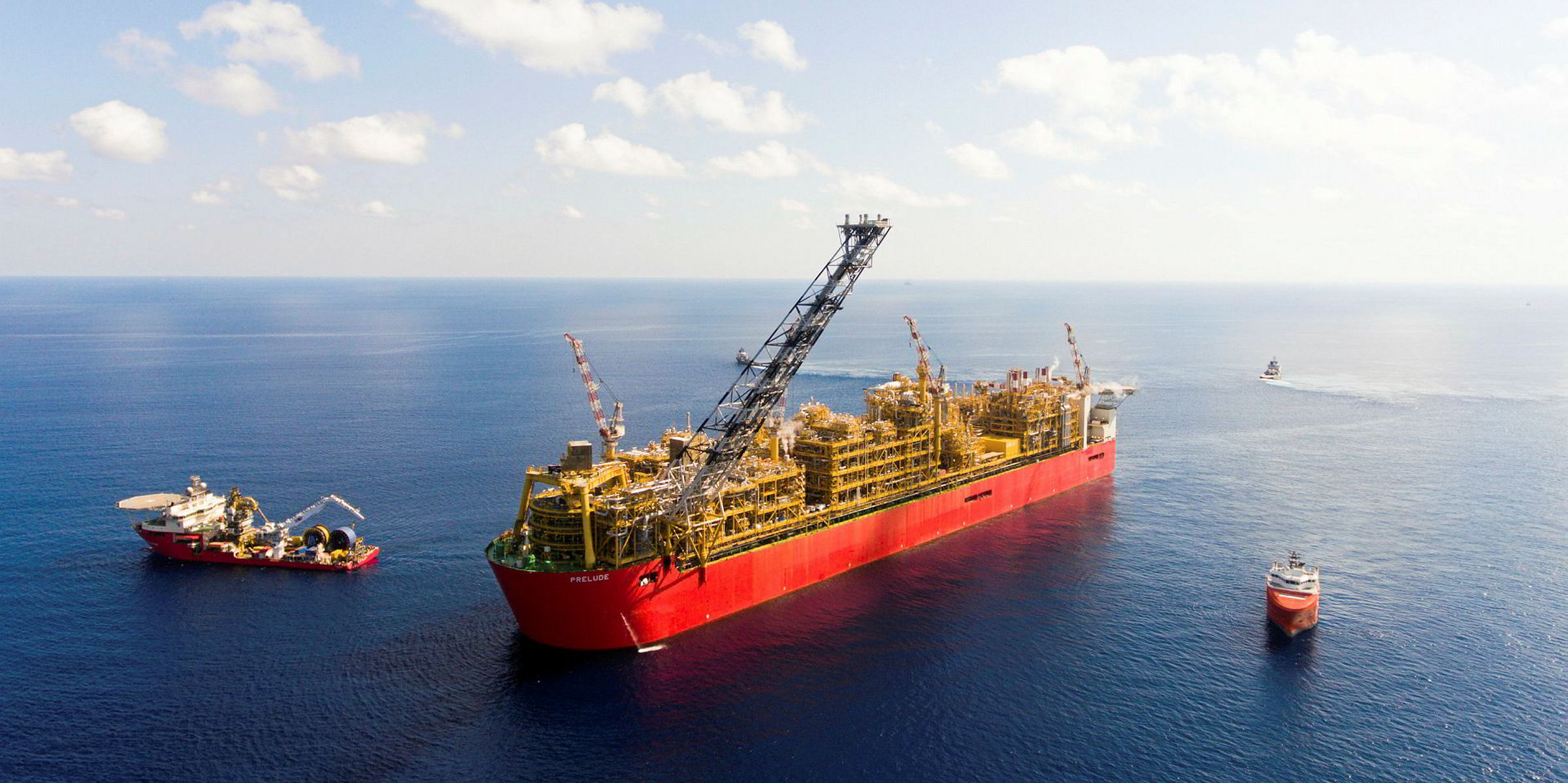The ramp-up of Shell’s Prelude FLNGproject is set to lift LPG exports from Australia, hurting tonne-mile demand for VLGCs but supporting regional trades that utilise small and mid-sized vessels.
Though the project is best known for its LNG output, majority shareholder Inpex has confirmed the Browse Basin-based floating production facility exported its first LPG cargo on 24 July.
Vessel-tracking databases suggest the Petredec-owned, 84,000-cbm Secreto (built 2016) is shipping the cargo to Yeosu, South Korea, with an estimated arrival date of 1 August.
Prelude, which began LNG and condensate exports earlier this year, can produce up to 400,000 tonnes of LPG per annum.
The Inpex-led Ichthys project, which routes gas and condensate from the Browse Basin to a liquefaction plant in Darwin, exported its first LPG shipment on the VLGC Hellas Gladiator (built 2016) in November. It has an LPG production capacity of 1.65 million tonnes per annum.
With the two projects generally exporting LPG to East Asian consumers on VLGCs, analysts say their rising output would reduce tonne-mile demand.
Voyage time for Australia-East Asia shipment is about two weeks, compared with four weeks for shipping from Middle East and six weeks from the US Gulf.
“Increasing LPG exports from Australia will have a negative impact on the global tonne-mile demand once the Ichthys project attains full production while the Prelude FLNG attains stability,” Drewry’s senior research analyst Aman Sud tells TradeWinds.
Data from VesselsValue show a total of 27 VLGC shipments from Australia in the first seven months of 2019, compared with 16 shipments in the same period of last year.
Based on Drewry’s estimates, Australia’s LPG exports will grow 20% to 25% this year from the 2018 level of 1.2 million tonnes.
“We expect most of the LPG exports will land in Indonesia, China, Taiwan, South Korea and Vietnam among other smaller Asian countries,” says Sud.
However, Sud adds Prelude and Ichthys together are expected to export two to four VLGC shipments per month, a small volume compared to exports from Middle East and the US.
While the loss of tonne-mile demand is limited, re-exporting of Australian LNG within Asia will be positive for the demand for mid-sized and small coastal vessels, according to Sud. This can give “a much needed boost to the regional trade,” Sud adds.
A Singapore-based LPG consultant, who does not want to be named, says VLGC owners will likely seek to charge deviation premiums for shipments from Australia as the country is outside of the main trading lanes.
Theoretically, the premiums could make Australian trade more lucrative than shipping from Middle East or the US when freight markets are strong, the consultant says.
“But if the market is down, owners will be reluctant to charge premiums for deviation,” he says, adding that the freight rate impact would depend on market conditions.






